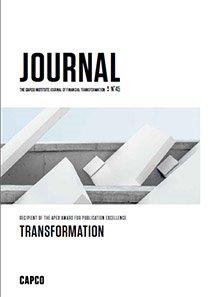Machine learning and artificial intelligence are big topics in the financial services sector these days. Financial institutions (FIs) are looking to more powerful analytical approaches in order to manage and mine increasing amounts of regulatory reporting data and unstructured data, for purposes of compliance and risk management (applying machine learning as “RegTech”) or in order to compete effectively with other FIs and FinTechs.
This article aims to give an introduction to the machine learning field and discusses several application cases within financial institutions, based on discussions with IIF members and technology ventures: credit risk modeling, detection of credit card fraud and money laundering, and surveillance of conduct breaches at FIs
Two tentative conclusions emerge on the added value of applying machine learning in the financial services sector. First, the ability of machine learning methods to analyze very large amounts of data, while offering a high granularity and depth of predictive analysis, can improve analytical capabilities across risk management and compliance areas in FIs. Examples are the detection of complex illicit transaction patterns on payment systems and more accurate credit risk modeling. Second, the application of machine learning approaches within the financial services sector is highly context-dependent. Ample, high-quality data for training or analysis are not always available in FIs.
More importantly, the predictive power and granularity of analysis of several approaches can come at the cost of increased model complexity and a lack of explanatory insight. This is an issue particularly where analytics are applied in a regulatory context, and a supervisor or compliance team will want to audit and understand the applied model.
